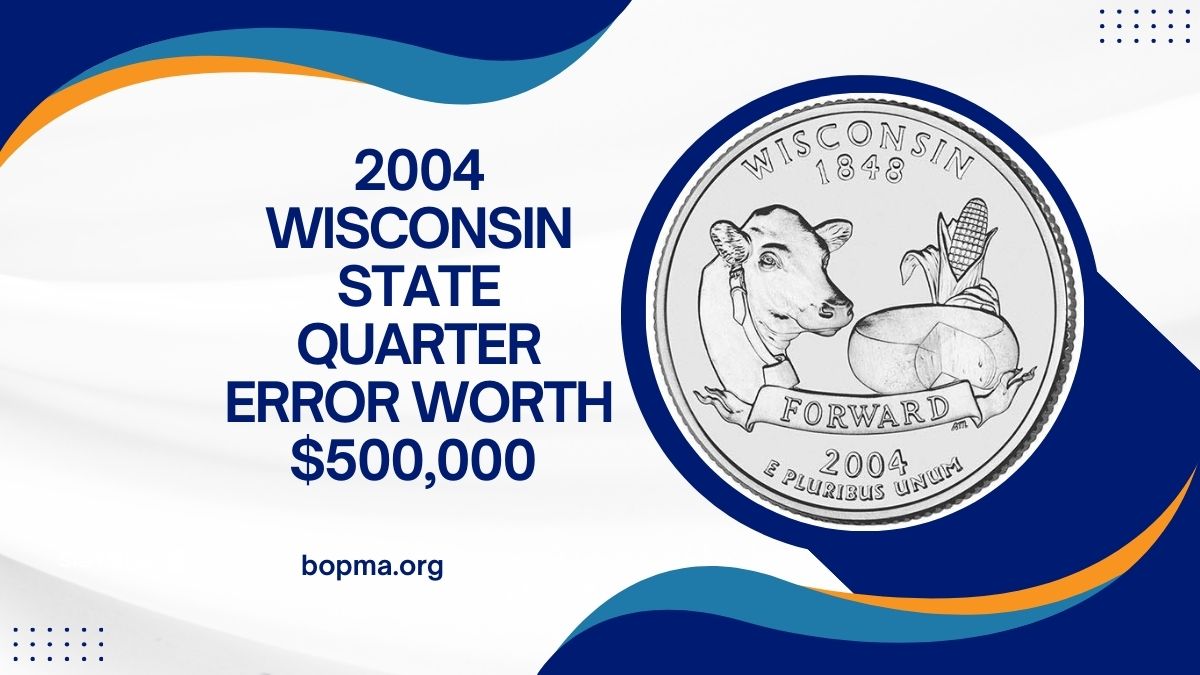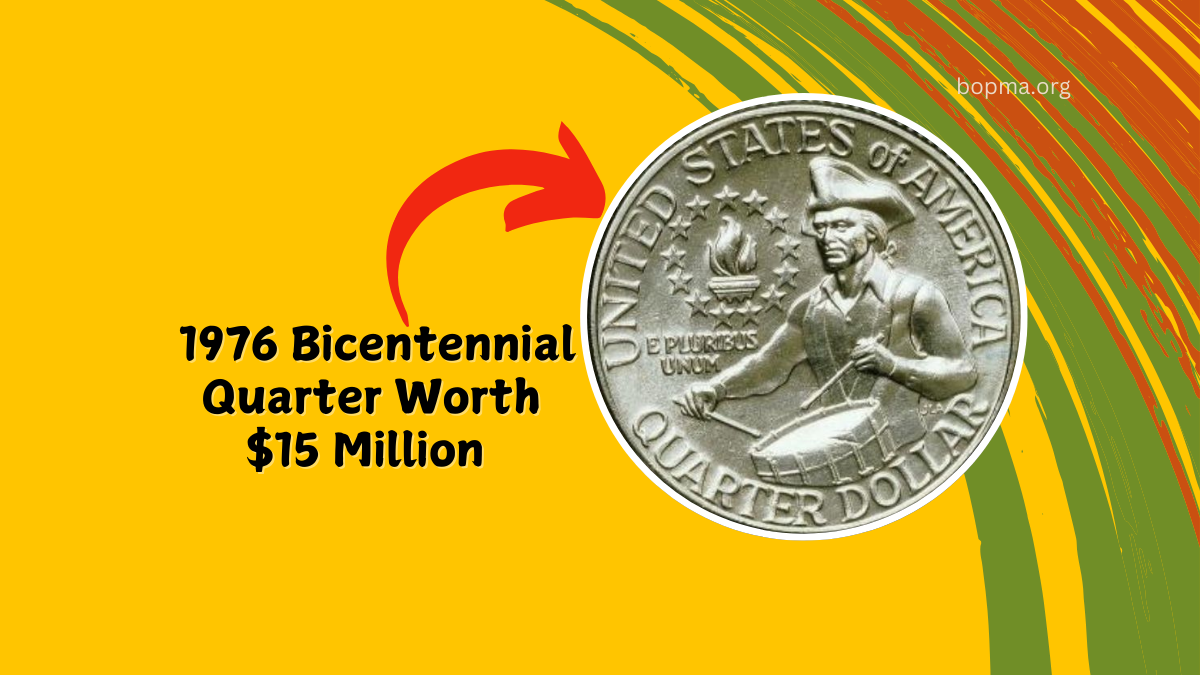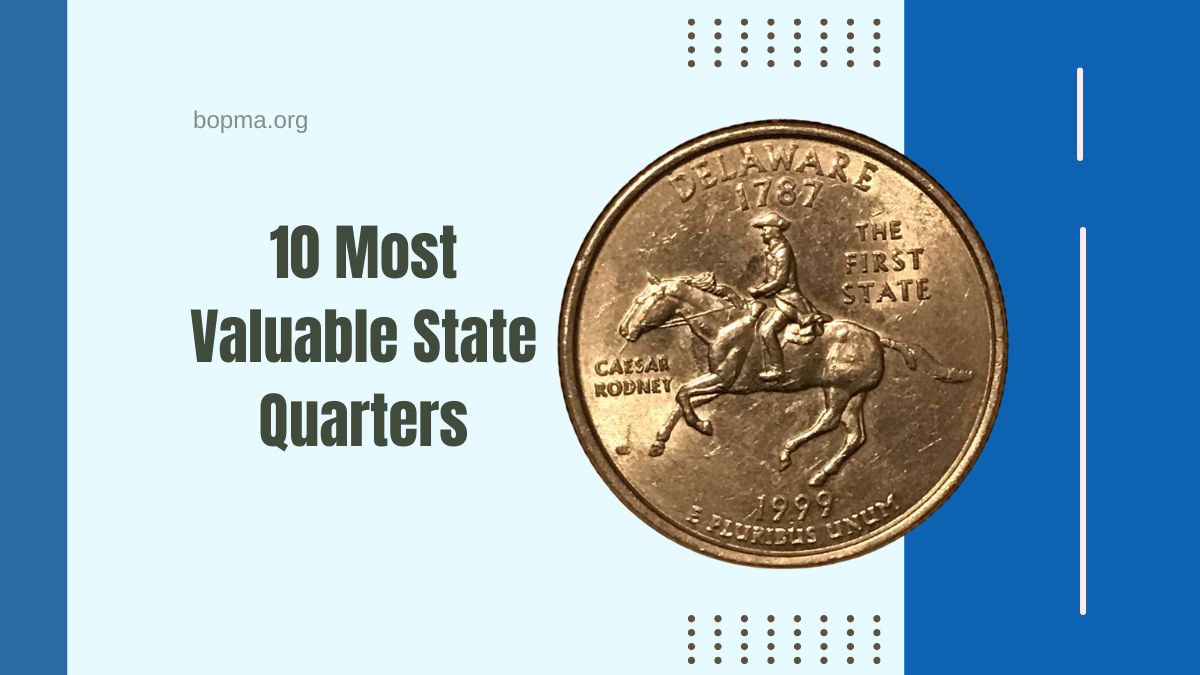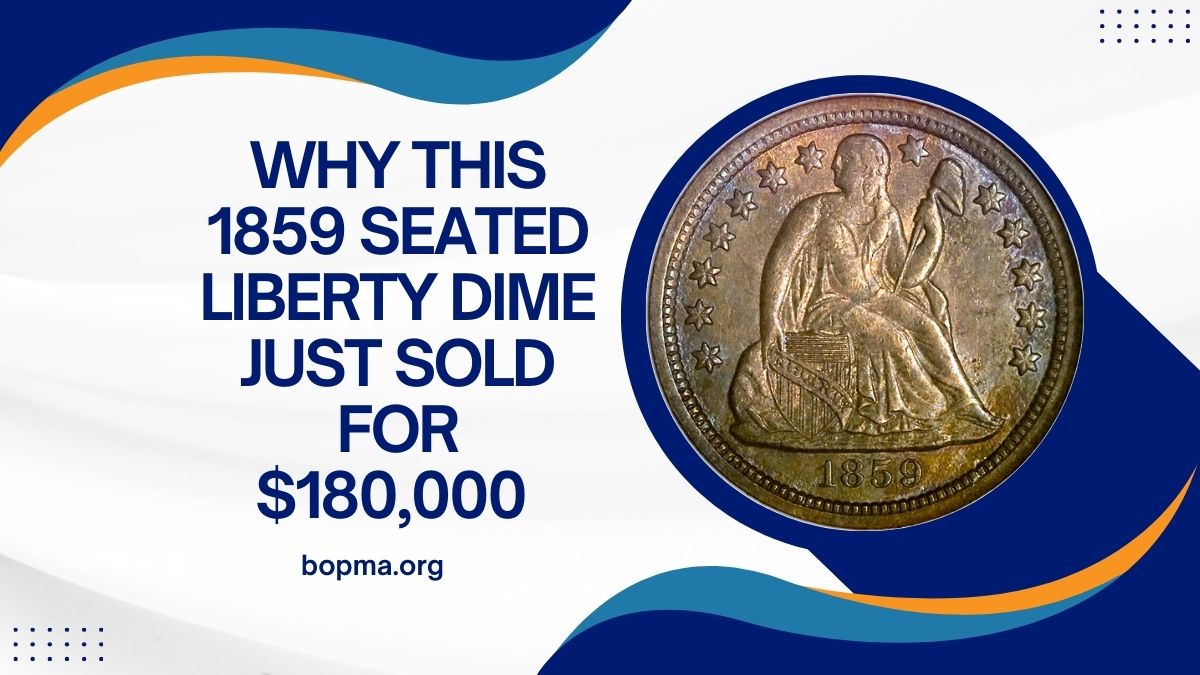In the fascinating world of numismatics, certain coins stand out not only for their historical significance but also for their extraordinary value.
Among these is the 2004 Wisconsin State Quarter error, a modern coin that has captured the attention of collectors due to its unique minting anomaly. Let’s delve into this intriguing coin and explore five other rare coins that every enthusiast should be aware of.
The 2004 Wisconsin State Quarter Error: A Modern Rarity
Released as part of the U.S. Mint’s 50 State Quarters Program, the 2004 Wisconsin State Quarter was intended to celebrate the state’s rich agricultural heritage.
The coin’s reverse design features a cow, a round of cheese, and an ear of corn. However, a select number of these quarters were minted with an unusual error: an extra leaf on the ear of corn.
Types of Errors
- High Leaf Error: An additional leaf appears above the primary leaf on the corn.
- Low Leaf Error: An extra leaf is situated below the primary leaf.
These variations are believed to have resulted from intentional alterations to the die, though the exact cause remains a topic of debate among numismatists.
Value
The value of these error coins varies based on their condition and the specific error type. While some reports have suggested figures as high as $500,000, such valuations are exceptional and typically pertain to coins in pristine condition with the most prominent errors.
More commonly, these coins can fetch between $50 to $3,000 at auctions, depending on their grade and demand among collectors.
Five Other Rare Coins to Know About
- 1913 Liberty Head NickelBackground: Only five specimens of the 1913 Liberty Head Nickel are known to exist. Their origin is shrouded in mystery, with theories suggesting they were minted clandestinely by a U.S. Mint employee.Value: One of these nickels sold for over $4 million, underscoring its rarity and desirability among collectors.
- 1794 Flowing Hair Silver DollarBackground: As the first dollar coin issued by the United States federal government, the 1794 Flowing Hair Silver Dollar holds immense historical significance.Value: In 2013, a specimen sold for over $10 million, making it one of the most valuable coins ever auctioned.
- 1933 Saint-Gaudens Double EagleBackground: Although 445,500 of these $20 gold coins were minted, none were officially released into circulation due to the U.S. abandoning the gold standard. Most were melted down, but a few escaped destruction.Value: One of these coins sold for $18.9 million in 2021, setting a record for the most expensive coin ever sold.
- 1894-S Barber DimeBackground: Only 24 of these dimes were minted, possibly as gifts for bankers or to balance mint records. Today, only nine are known to exist.Value: An 1894-S Barber Dime sold for $1.9 million in 2007, highlighting its extreme rarity.
- 1787 Brasher DoubloonBackground: Crafted by goldsmith Ephraim Brasher, this coin is one of the first gold coins minted in the United States.Value: A Brasher Doubloon sold for $9.36 million in 2021, reflecting its historical importance and scarcity.
Comparison Table of Rare Coins
| Coin | Year | Estimated Value | Unique Feature |
|---|---|---|---|
| 2004 Wisconsin Quarter Error | 2004 | Up to $500,000 | Extra high or low leaf error |
| 1913 Liberty Head Nickel | 1913 | Over $4 million | Only 5 specimens known |
| 1794 Flowing Hair Silver Dollar | 1794 | Over $10 million | First U.S. dollar coin |
| 1933 Saint-Gaudens Double Eagle | 1933 | $18.9 million | Never officially circulated |
| 1894-S Barber Dime | 1894 | $1.9 million | Only 9 known to exist |
| 1787 Brasher Doubloon | 1787 | $9.36 million | One of the first U.S. gold coins |
The allure of rare coins lies in their unique blend of history, artistry, and scarcity. While the 2004 Wisconsin State Quarter error is a modern example of how minting anomalies can captivate collectors, coins like the 1913 Liberty Head Nickel and the 1794 Flowing Hair Silver Dollar offer glimpses into the early days of American coinage. For both novice and seasoned collectors, these coins represent the pinnacle of numismatic treasures.
FAQs
What makes the 2004 Wisconsin State Quarter error valuable?
The value stems from a minting error that resulted in an extra leaf on the ear of corn depicted on the coin’s reverse side. This anomaly makes the coin a sought-after piece among collectors.
How can I determine if my Wisconsin Quarter has the error?
Examine the ear of corn on the coin’s reverse side. If there’s an extra leaf above or below the primary leaf, you possess one of the error coins.
Are all 2004 Wisconsin Quarters with the error worth $500,000?
No, the value varies based on the coin’s condition and the prominence of the error. While some exceptional specimens have been valued highly, most error coins sell for between $50 to $3,000.




